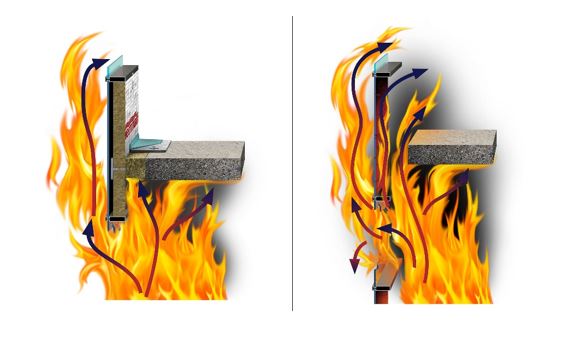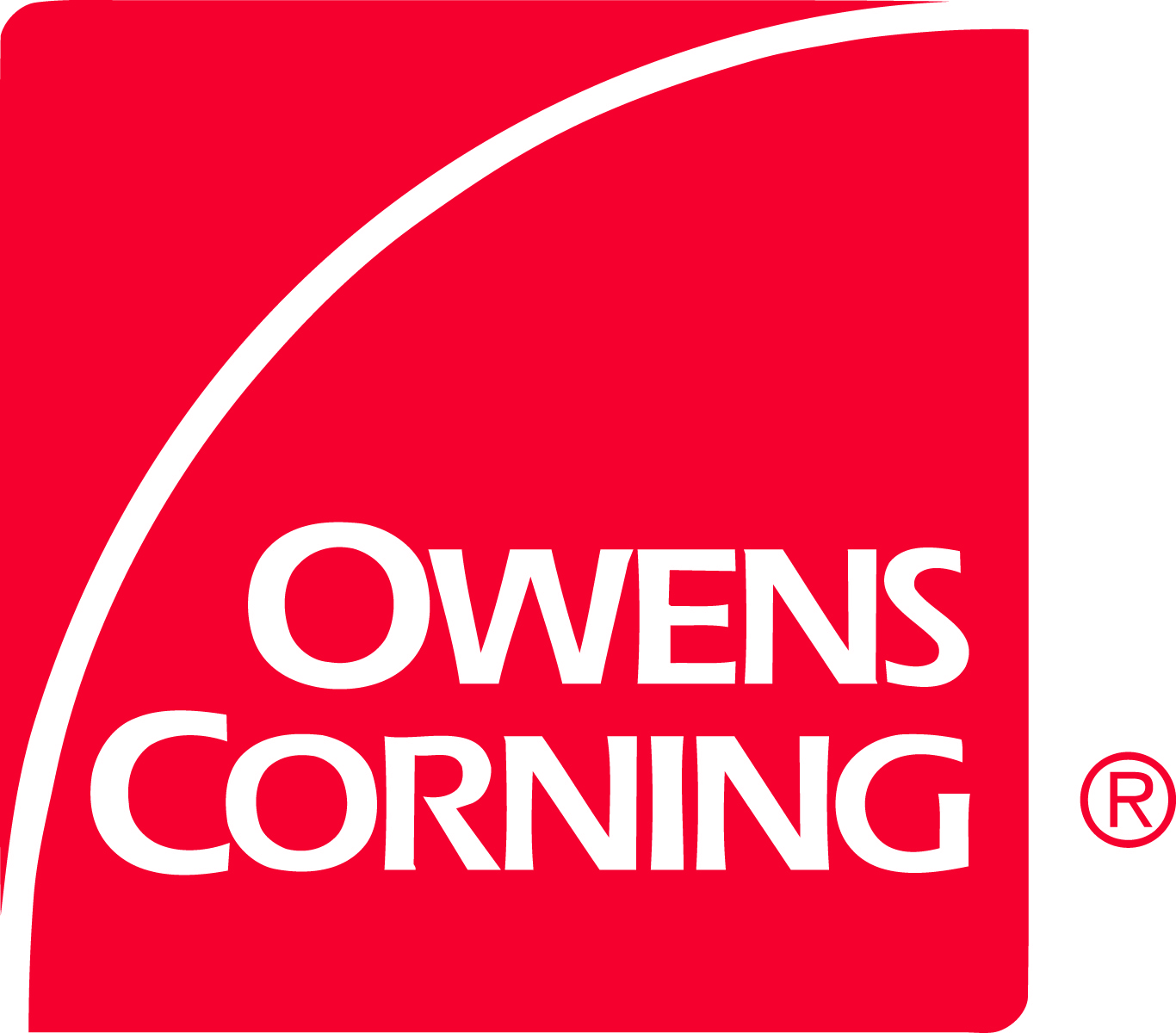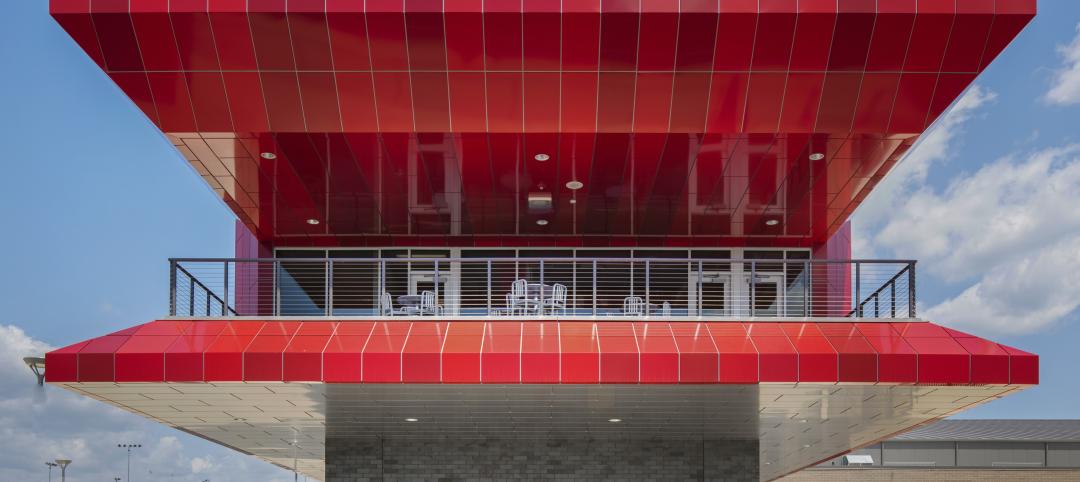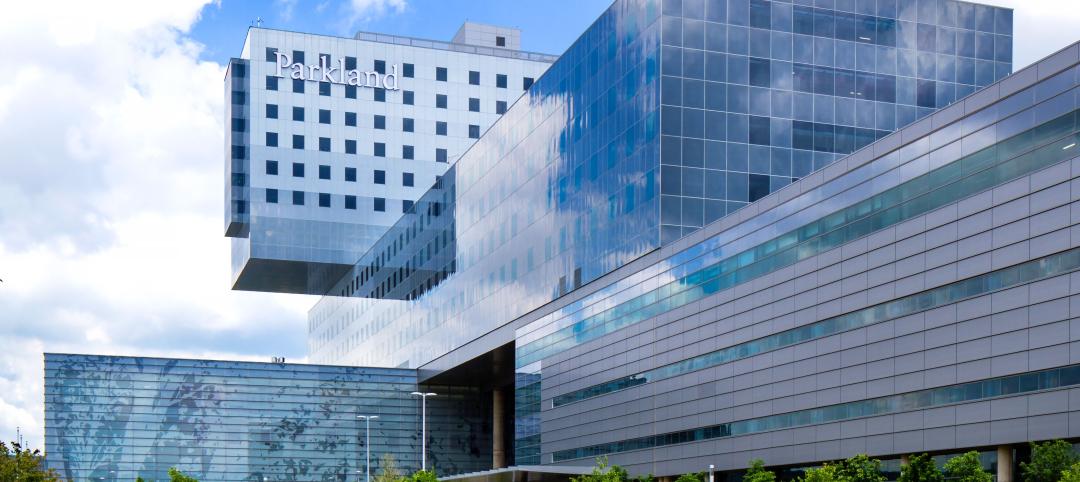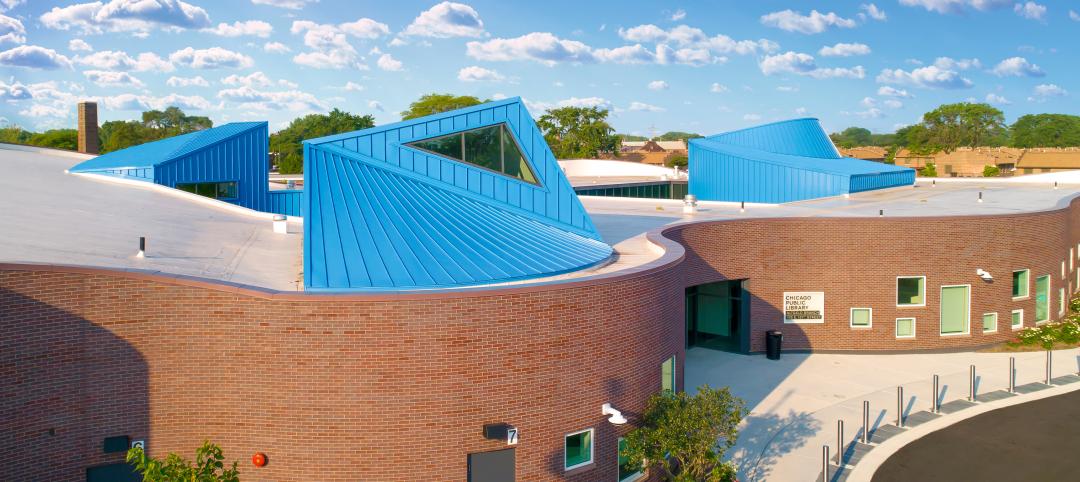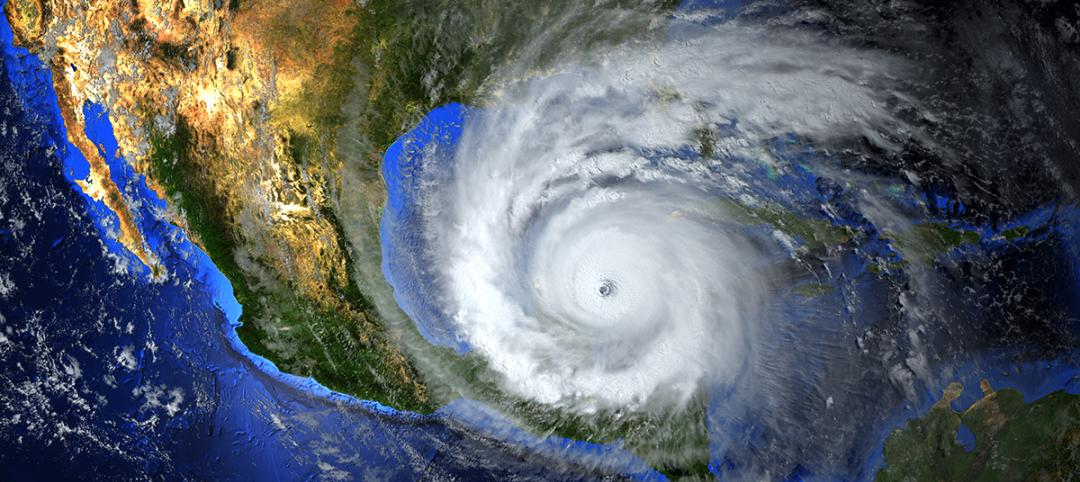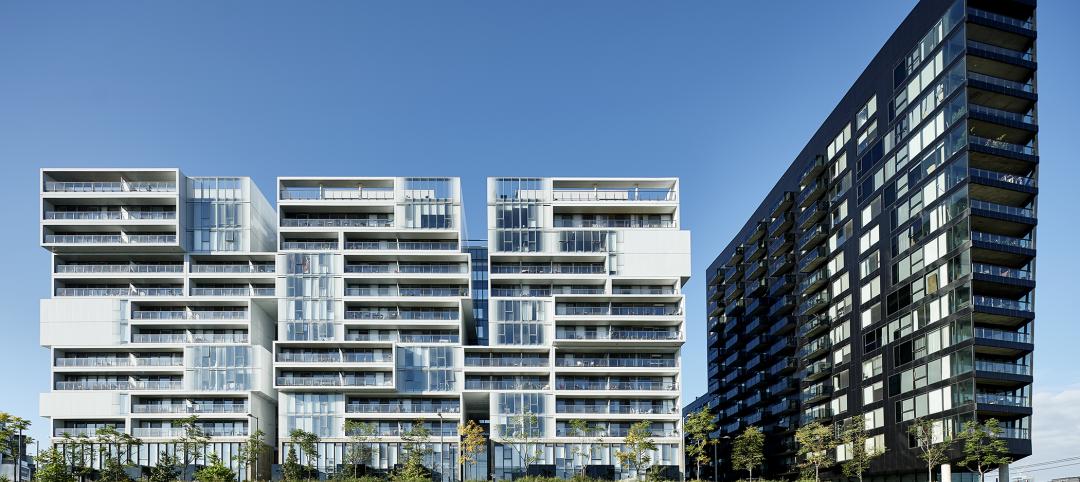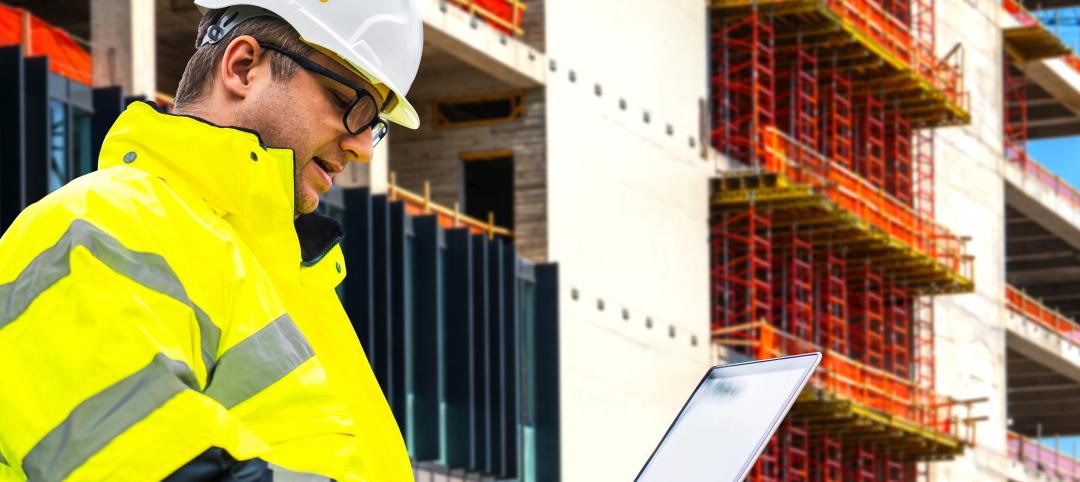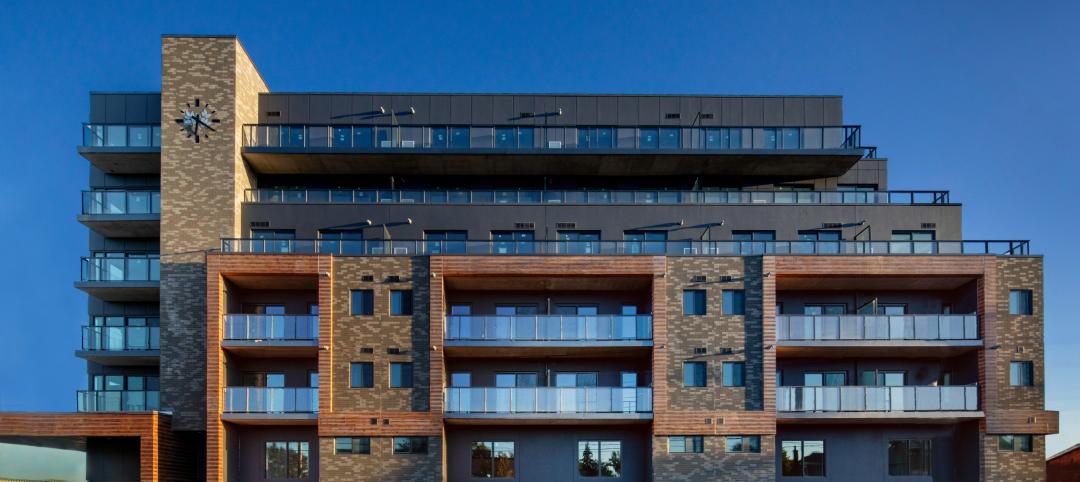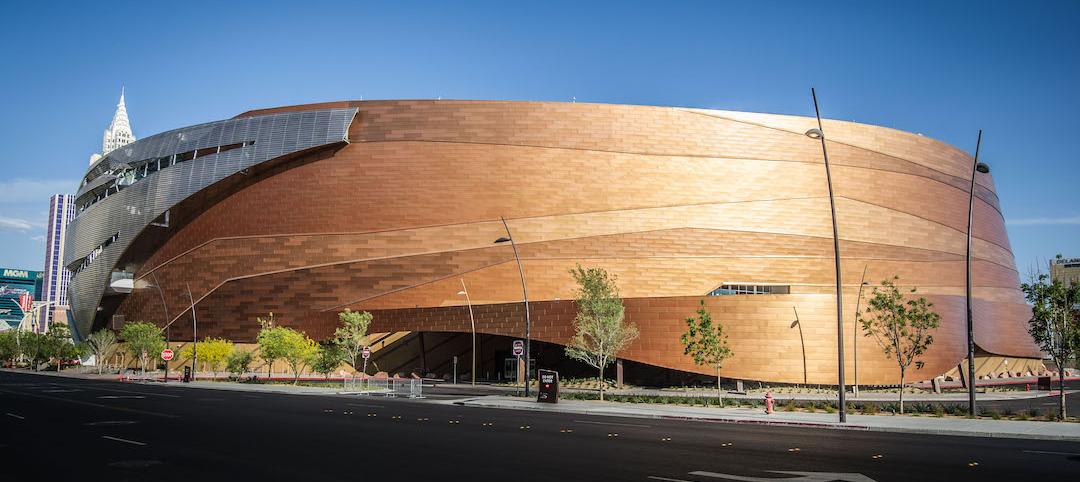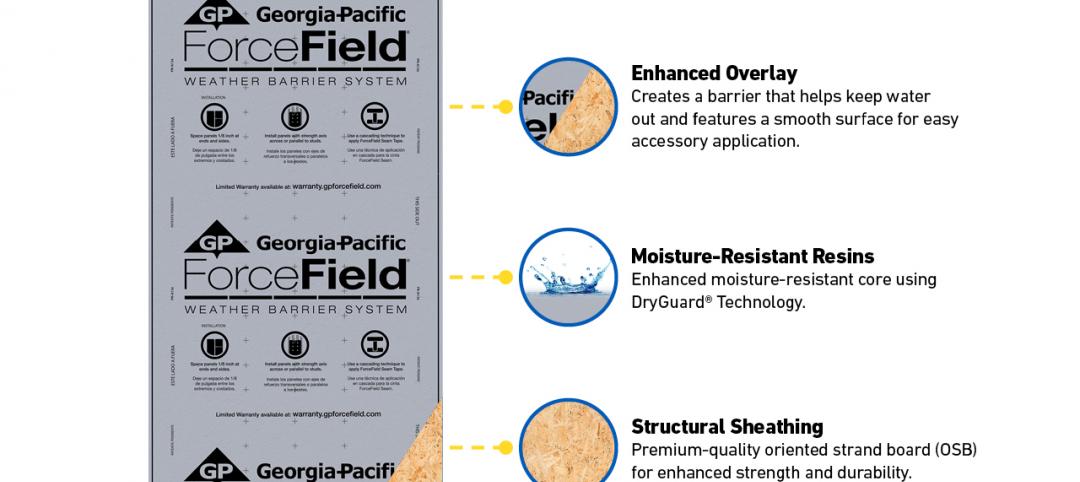From the pandemic and politics to fires and flooding, 2020 may best be remembered as a year of extremes. Designing for the extreme is essential when it comes to supporting life safety in high-rise structures. Limited pathways for egress, the vertical scale of high-rise buildings, and limits on how far first responders’ ladder trucks can ascend a building’s exterior all present challenges during rescue efforts. Specifying materials that address these inherent challenges is part of a holistic approach to designing for life safety in the event of a commercial building fire.
3 Life Safety Strategies for Commercial Buildings
A three-pronged strategy defends against the extreme risks commercial building fires present for occupants and first responders alike. Detective systems represent the first strategy. These systems include alarms that alert occupants and first responders to smoke, fire, and other hazards. The second strategy includes active systems – such as sprinklers – that serve to slow or extinguish a fire. The third strategy is compartmentation, which includes passive systems. Compartmentation focuses on containing a fire to its room of origin, thus slowing its spread. Unlike detective and active systems, compartmentation is not dependent on a triggered mechanism to deploy during a fire. Once properly installed, passive life safety systems provide protection continuously, regardless of power source or the deployment of mechanical systems.
installed, passive life safety systems provide protection continuously, regardless of power source or the deployment of mechanical systems.
Perimeter fire containment (PFC) systems provide passive protection in a key area of concern–the commercial building’s perimeter. A void at the junction of the fire-rated floor assembly and the non-rated curtain wall presents a risk for flames or hot gases to spread upward, propagating the fire. By addressing this void, PFC systems deliver a compartmentation strategy that supports the most valuable of commodities during rescue efforts–time for egress. The specification of a rated and listed assembly – such as UL® or Intertek – is critical when selecting a PFC system. Tested and listed systems address six design principles that work together to defend against risks such as PFC system failures.
6 Essential Design Principles for Perimeter Fire Containment
Overlooking even one of the following design components can compromise the stability of the assembly and present a risk for premature failure of the entire PFC system. The six essential elements are:
- Mineral wool insulation designed for perimeter fire containment: The fire-resistant properties of mineral wool have earned it a reputation as a go-to material in PFC assemblies. In testing conditions conducted under ASTM E2307, Standard Test Method for Determining Fire Resistance of Perimeter Fire Barriers Using Intermediate-scale, Multistory Test Apparatus mineral wool remained fully intact and provided a barrier to the passage of fire at temperatures greater than 1,800°F for F Ratings up to 3 hours. However, not all types of mineral wool provide the same level of fire resistance and manufacturers formulate this material to support different performance properties–for example, acoustics, moisture management, or fire resistance. The chemistries and technologies used during manufacturing are essential to delivering fire resistance. Certification by a third-party organization such as UL® or Intertek assures the material meets requirements for meeting the building code requirements per ASTM E 2307 testing.
- Reinforcing curtain wall insulation: If insulation in the curtain wall is not reinforced, the insulation may bow, creating a gap and permitting flames or hot gases to spread to the floor above. Safing insulation is typically installed under 25-30 percent compression between the curtain wall insulation and the floor slab. This ratio provides a tight seal against internal fire propagation.
- Mineral wool mechanical attachments: If a material is not secure within the assembly, it will not deliver the protection it was engineered to provide. A positive mechanical attachment, such as that achieved with a screw or weld approach, will assure securement of the PFC system under the turbulence caused by fire conditions.
- Compression-fit safing: A tight seal at the perimeter void is key to preventing fire spread. Proper compression, as outlined in the UL/Intertek PFC system is critical to maintaining a barrier at the perimeter of the building. Even a gap of 1/32 of an inch can permit hot gasses on a lower floor to pass through the safe-off joint and ignite combustibles on the floor above.
- Mullion protection with mineral wool insulation: Testing has demonstrated that the extreme heat in a burning building produces temperatures well over 1,800°F. Heat sensitive building materials, such as aluminum framing will melt if left unprotected. Testing shows that aluminum melts just nine minutes into a fire at 1,220°F. Therefore, protection must be included in the design. It should be noted that the framing members are the very elements in which the curtain wall insulation is attached. Mineral wool mullion cover insulation, tested to ASTM E 2307, is essential to protecting aluminum framing’s interior facing and keeping it from melting and allowing the PFC system to fall away during a fire.
- Smoke barrier: Suffocating smoke is the most lethal component of a fire. And, as noted above, the moving environment that occurs during a fire can result in gaps that allow gases to infiltrate even very small gaps or cracks. All rated PFC systems include a fluid elastomeric sealant. Applied wet, these sealants dry to a rubbery consistency that can adapt to likely joint movement during a fire, helping seal off smoke.
Extreme Protection for Architects’ Reputations
While protecting occupant lives will always be the first priority in a fire, architects must also manage liability risk. The Support Antiterrorism by Fostering Effective Technologies Act of 2002 (SAFETY Act) was created by the Department of Homeland Security (DHS) and provides legal liability protections for providers of Qualified Antiterrorism Technologies (QATTS) that could help save lives in the event of a terrorist attack. The protection covers all stakeholders, including building owners, architects, curtain wall manufacturers, firestop manufacturers, and firestop installers. In 2017, Owens Corning® Thermafiber® PFC solutions were deemed by the DHS to meet the standards for designation under the SAFETY Act.
As the world continues to see more extreme weather events, architects must consider strategies that support resilience and performance even in extreme weather. Material performance – including selection of the proper mineral wool – can support life safety in commercial buildings. With more than a half-century of experience in evaluating PFC assemblies, the Thermafiber Insolutions® team can support architects in specifying assemblies that stand up to third-party testing conducted in extreme conditions.
Phone: 1-800-GETPINK
Email: ThermafiberInsolutions@owenscorning.com
Website: www.owenscorning.com
Related Stories
Sponsored | Voice of the Brand | Jun 5, 2023
Sustainable, Award-winning Design gives New Life to Parkland Hospital
Built in 1954, the Dallas Parkland Hospital had become severely overcrowded and outdated. The largest public healthcare project in the country to be built in one phase, this AIA award-winning, LEED Gold project doubled the size of the old facility. This remarkable design incorporates over 4.5 acres of ALPOLIC MCM.
Sponsored | Voice of the Brand | Mar 31, 2023
Considerations When Specifying in Extreme Weather Zones
Why Choose an IMP in an Extreme Weather Zone?
Sponsored | Voice of the Brand | Jul 29, 2022
River City: A New Gateway for the City of Toronto Clad in ALPOLIC MCM
Versatile and sustainable, ALPOLIC® MCM helped redefine the cityscape in an area of Toronto most in need of urban redevelopment. A project 15 years in the making, the abandoned industrialized zone by the West Don Lands has been transformed into something inspirational.
Sponsored | Voice of the Brand | Jun 1, 2022
High-Rise Buildings Stand Out with High-Style Metal Cladding
Metal wall panel systems provide a cost-effective, attractive solution for high-rise buildings.
Sponsored | Voice of the Brand | Jan 27, 2022
A Modern Approach to Labor in the Construction Industry
The COVID-19 pandemic disrupted and reshaped norms in the workforce and the ongoing labor shortage can be felt in every industry. Innovations to go faster, maintain safety, minimize learning curves, and drive down costs are becoming imperatives for companies to stay competitive in the construction industry.
Sponsored | Voice of the Brand | Dec 2, 2021
How Creativity Takes Shapes
Architects charged with developing new buildings are increasingly seeking ways to stretch the limits of their creativity while also delivering on durability and long-term performance when it comes to the building envelope. With a host of engineered building enclosure systems, Sto® serves as a key partner in this endeavor.
Sponsored | Voice of the Brand | Nov 18, 2021
The Beauty is in the Details
Color capabilities with Sherwin-Williams Coil Coatings are nearly limitless. Our line of Fluropon® coil and extrusion metal coating systems let our customers explore new color spaces using a wide array of gloss, effects and print options. With over 50,000 colors offered, we can color match almost any look you dream up.
Sponsored | Voice of the Brand | Sep 2, 2021
Protect Your Walls and Sloped Roofs with a Smarter Sheathing System
Integrated Continuous Insulation’s Role in the Ever-Changing Construction Landscape


